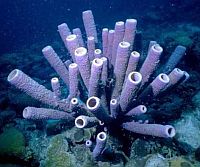 All terrestrial life came from the sea, but how did life develop in the ocean? Professor Tim Lenton of the University of Exeter, who led a new study, said: “There had been enough oxygen in ocean surface waters for over 1.5 billion years before the first animals evolved, but the dark depths of the ocean remained devoid of oxygen. We argue that the evolution of the first animals could have played a key role in the widespread oxygenation of the deep oceans. This in turn may have facilitated the evolution of more complex, mobile animals.”
All terrestrial life came from the sea, but how did life develop in the ocean? Professor Tim Lenton of the University of Exeter, who led a new study, said: “There had been enough oxygen in ocean surface waters for over 1.5 billion years before the first animals evolved, but the dark depths of the ocean remained devoid of oxygen. We argue that the evolution of the first animals could have played a key role in the widespread oxygenation of the deep oceans. This in turn may have facilitated the evolution of more complex, mobile animals.”
And what were these animals that oxygenated the oceans? Sponges, according to the the new research. Sponges may lack the brains and other organs of more complex animals, but they are animals nonetheless, and around 700 million years ago, sponges began to flood the oceans with oxygen. The oceans had had relatively little oxygen and could not support more complex life.

 Sarah Kirby went on a five night Caribbean cruise on the
Sarah Kirby went on a five night Caribbean cruise on the 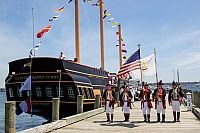

 It appears that the British satellite firm, Inmarsat, combined high tech analysis with very basic navigation to estimate the flight path of MH370, after all other other searchers had failed to find the plane.
It appears that the British satellite firm, Inmarsat, combined high tech analysis with very basic navigation to estimate the flight path of MH370, after all other other searchers had failed to find the plane. 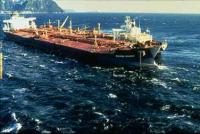 On March 24, 1989, the 210,000 dwt crude oil tanker
On March 24, 1989, the 210,000 dwt crude oil tanker 
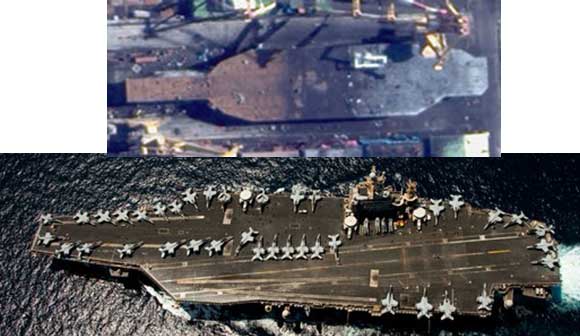
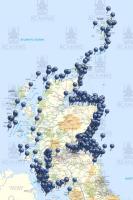 The
The 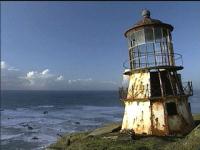 We recently
We recently  According to the historic coating specialists, Michael Crick-Smith and Ian Crick-Smith, the current black and orange-yellow color scheme of Nelson’s flagship HMS Victory is “an early 20th century invention of what an 18th century warship looked like.” Based on their study of hundreds of fragments of the original paint surfaces, they have concluded that the original ochre was a much paler yellow instead of what they refer to as “that hideous orange.” Many interior spaces were also said to be less elaborately and brightly colored than they are now on the famous ship.
According to the historic coating specialists, Michael Crick-Smith and Ian Crick-Smith, the current black and orange-yellow color scheme of Nelson’s flagship HMS Victory is “an early 20th century invention of what an 18th century warship looked like.” Based on their study of hundreds of fragments of the original paint surfaces, they have concluded that the original ochre was a much paler yellow instead of what they refer to as “that hideous orange.” Many interior spaces were also said to be less elaborately and brightly colored than they are now on the famous ship.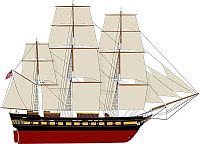 I recently booked a berth on the
I recently booked a berth on the 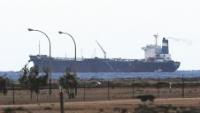 This morning, the press was abuzz with reports that last Monday, in the Mediterranean off Cyprus, US Navy SEALS boarded and took control of an oil tanker, Morning Glory, which had recently loaded a cargo of Libyan oil in the port of Sidra. The SEALs conducted the operation from the guided missile destroyer
This morning, the press was abuzz with reports that last Monday, in the Mediterranean off Cyprus, US Navy SEALS boarded and took control of an oil tanker, Morning Glory, which had recently loaded a cargo of Libyan oil in the port of Sidra. The SEALs conducted the operation from the guided missile destroyer 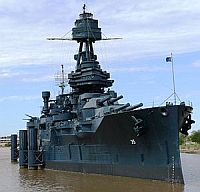
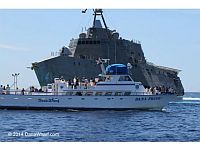 Last Sunday was the second of two weekends of the
Last Sunday was the second of two weekends of the  Some call today
Some call today  I am very much looking forward to Alaric Bond’s latest,
I am very much looking forward to Alaric Bond’s latest,